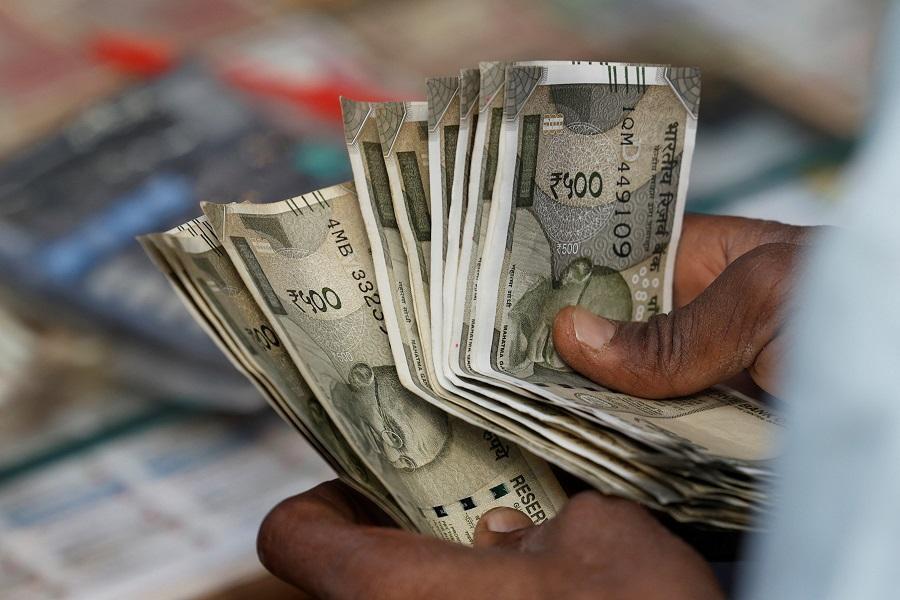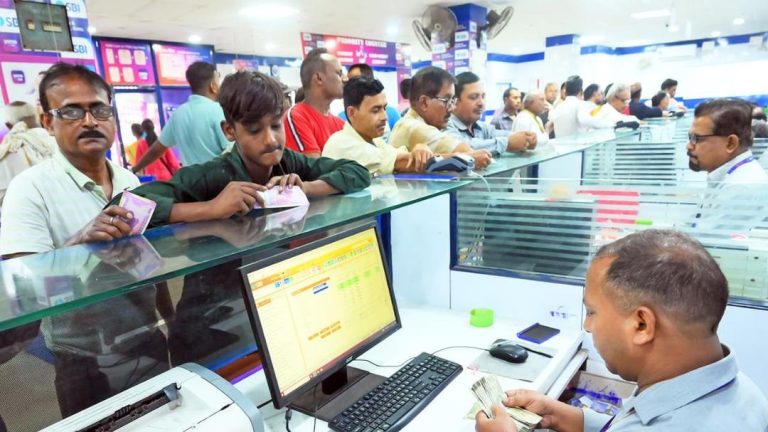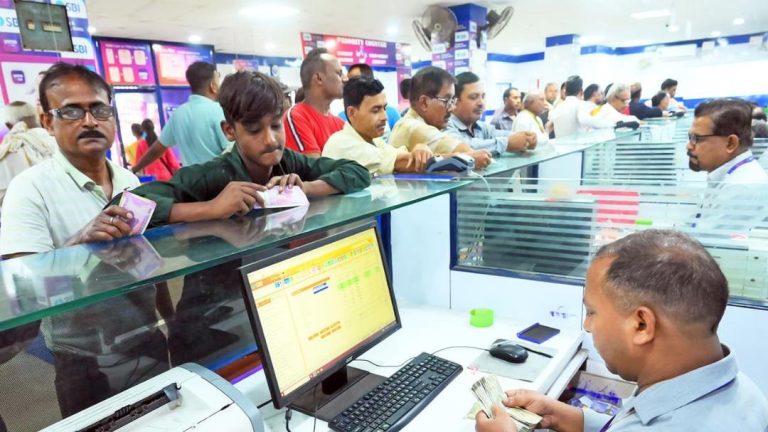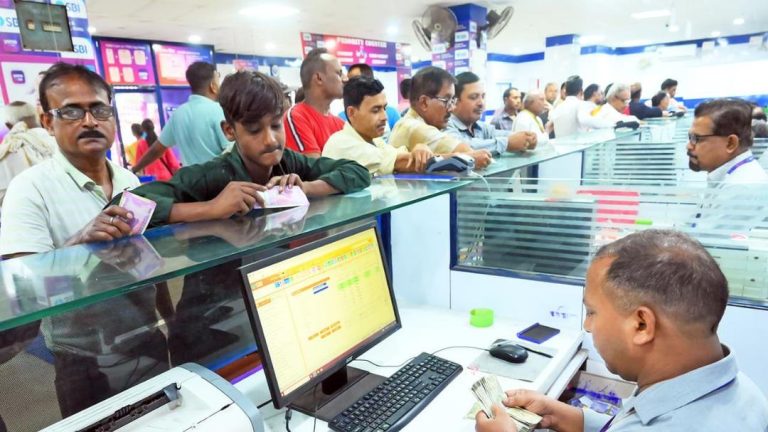
Rupee Set to Open Weaker as Trump Threatens 25% Tariff on Exports
The Indian rupee is likely to open weaker on Thursday, amidst growing concerns about the impact of US President Donald Trump’s threat to impose a 25% tariff on Indian exports. Despite ongoing talks between the two nations, the rupee has been under pressure in recent days, and traders expect the Reserve Bank of India (RBI) may intervene to stabilize the currency.
According to market analysts, the threat of a 25% tariff on Indian exports could lead to a significant weakening of the rupee, with some speculating that it could even breach its record low of 87.95. The 1-month non-deliverable forward (NDF) market suggests an opening range of 87.66-87.69 for the rupee against the US dollar, versus 87.42 previously.
The threat of a tariff comes at a time when the Indian economy is already facing several challenges, including a slow pace of economic growth and a widening trade deficit. The country’s exports have been struggling due to a combination of factors, including a slowdown in global trade and a weak rupee.
In recent days, the rupee has been under pressure due to a combination of factors, including a decline in foreign portfolio investment and a widening trade deficit. The currency has fallen by over 10% against the US dollar in the past few months, making it one of the worst-performing currencies in Asia.
The RBI has been watching the situation closely and has intervened in the foreign exchange market on several occasions to stabilize the rupee. However, the central bank’s actions have been limited by the country’s high inflation rate and the need to maintain the value of the rupee.
The threat of a tariff from the US is likely to increase the pressure on the rupee, with traders expecting the currency to weaken further in the coming days. The 1-month NDF market is reflecting the increased risk, with the range suggesting a weaker opening for the rupee.
The impact of a 25% tariff on Indian exports could be significant, with some estimates suggesting that it could lead to a decline in exports by up to 20%. The tariff could also lead to a rise in import prices, which could further exacerbate the country’s inflation problem.
The Indian government has been trying to negotiate with the US to avoid the imposition of the tariff, but so far, there has been no breakthrough. The government has been urging the US to reconsider its decision, citing the potential impact on trade and the economy.
The RBI has also been working closely with the government to stabilize the rupee and mitigate the impact of the tariff threat. The central bank has been using its foreign exchange reserves to intervene in the market, but this has been limited by the country’s high inflation rate and the need to maintain the value of the rupee.
In conclusion, the Indian rupee is likely to open weaker on Thursday, amidst growing concerns about the impact of US President Donald Trump’s threat to impose a 25% tariff on Indian exports. The threat of a tariff could lead to a significant weakening of the rupee, with some speculating that it could even breach its record low of 87.95. The RBI may intervene in the foreign exchange market to stabilize the rupee, but the central bank’s actions will be limited by the country’s high inflation rate and the need to maintain the value of the rupee.
Source:




